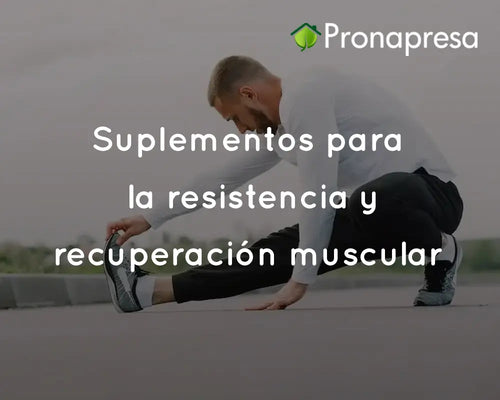
Warming up is that intermediate phase that occurs between rest and intense exercise. Going from one to the other without warming up can cause injuries or muscle discomfort if you work excessively.
The warm-up has some brief exercises and specific movements that will help us to activate the muscles and the body in general, in addition to raising the temperature of the body and muscle tissues. A good warm-up helps improve range of motion, increases the force produced and also benefits secondary structures increase their strength and elasticity .
We give you five basic guidelines to keep in mind and follow when doing a good warm-up:
Warm-up duration
Before doing any exercise, a warm-up should last between 15 and 20 minutes, depending on the activity and the individual's physical condition. For example, for winter sports, it's recommended to extend the warm-up to 20 minutes, as it takes longer for muscles to regain proper tone. The same goes for those who don't regularly exercise, as overexertion without preparation can lead to muscle tears.
Warm up large muscle groups
Specialists recommend starting your workout with a gentle, rhythmic aerobic activity, such as limb rotation, and then moving on to, for example, a short, stationary jog to activate your legs.
Focus on specific muscles
Focus on individual muscles, paying special attention to those that will be used the most during sports. In this case, it's important not to focus only on large muscle groups, as any part of our body can suffer an unwanted injury, such as our toes during a soccer game or a run, or our fingers during basketball or handball. It's important to get into a routine so you don't forget any.
Muscle flexibility
The key to warming up is stretching your muscles, both so they respond better to any exertion and so they're ready to protect your bones and prevent fractures in the event of a fall. Stretching helps improve muscle flexibility. You can start by trying to touch your toes with your fingertips, rotating your arms diagonally, and working your joints, which will also help prevent sprains and other injuries. It's also advisable to interlace your fingers and, with your palms facing up, place them above your head, which helps strengthen your back muscles and loosen your vertebrae.
Stretching after finishing the exercise
Warming up is just as important as stretching your muscles after exercise. You should spend about 10 minutes stretching. The goal is to take advantage of the warm muscles to stretch them and prevent them from contracting due to a sudden release of muscle tension caused by exercise. In these cases, it's about forcing the muscle, for example, by pushing your bent arm from the elbow toward the opposite shoulder until you feel tension, but never pain. Bending the knee and pushing upward from the ankle is another exercise to stretch the leg muscles. If pain occurs at any point, it's necessary to release the pressure.
Remember that prevention is better than cure






















































